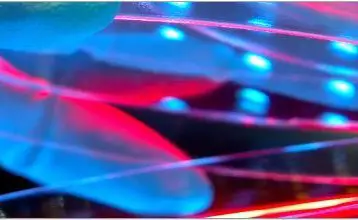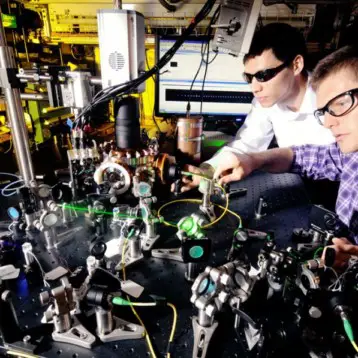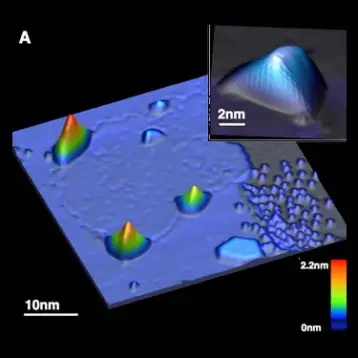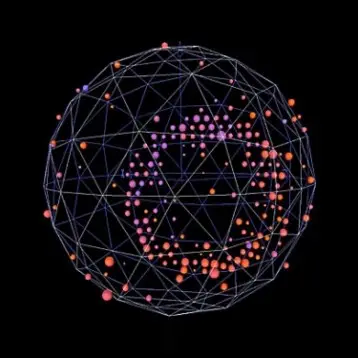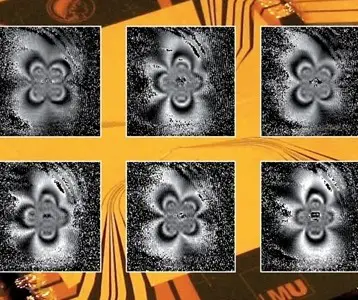The cluster can mimic a single manganese atom in magnetic strength while favoring electrons of a specific spin orientation to flow through the surrounding shell of cesium atoms. A team of scientists lead by Dr. Shiv Khanna from the VCU Department of Physics, found that when a cesium cluster had eight atoms, it obtained additional stability from its filled electronic state. An atom is in a stable configuration when its outermost shell is full. However, when two atoms combine, the combination usually results in an unstable state. The atom would need to lose or gain valence electrons in order to become stable again.
The newly developed cluster has a magnetic moment of five Bohr magnetons, which is twice the value of an iron atom from a solid iron magnet. A magnetic moment is a measure of the internal magnetism of the cluster. “An important objective of the discovery was to find what combination of atoms will lead to a species that is stable as we put multiple units together. The combination of magnetic and conducting attributes was also desirable. Cesium is a good conductor of electricity and hence the superatom combines the benefit of magnetic character along with ease of conduction through its outer skin,” explained Khanna.
|
The team is currently exploring the outcomes of merging two superatoms to create a cluster that could have spintronic characteristics. Researchers all over the world claim spintronics to be the future of enhanced memory storage and data processing. In addition to that, the team has proposed a new combination of gold and manganese that could create another superatom with a specific magnetic moment. A unique characteristic of the superatom is that it cannot conduct electricity, making it essential in biomedical applications to be applied within the body.
“A combination such as the one we have created here can lead to significant developments in the area of “molecular electronics,” a field where researchers study electric currents through small clusters. These molecular devices are expected to help make non-volatile data storage, denser integrated devices, higher data processing and other benefits,” Khanna said.
TFOT has previously written about electron traps, where superimposed quantum dots are able to “trap” single electrons. We have also covered a new speed record for magnetic memories, where spin-torque switching was applied to increase speeds in future non-volatile magnetic memories. You are also welcome to check out our article on a CPU that stores data, developed at NIST.
Additional information on the developed superatoms can be obtained at VCU’s website.





